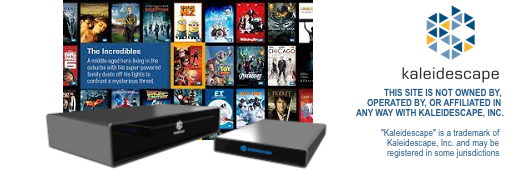I am looking to know what the procedure is for upgrading all 4 drives in my 1 U server. Do I replace one drive at a time, waiting how long before moving to the next drive?
My goal out of this is obviously up my available storage capacity, not lose any stored content and finally keeping the 4 2TB drives intact so that they could be used in another 1U server as a complete file system.
Any help is greatly appreciated.
My goal out of this is obviously up my available storage capacity, not lose any stored content and finally keeping the 4 2TB drives intact so that they could be used in another 1U server as a complete file system.
Any help is greatly appreciated.


